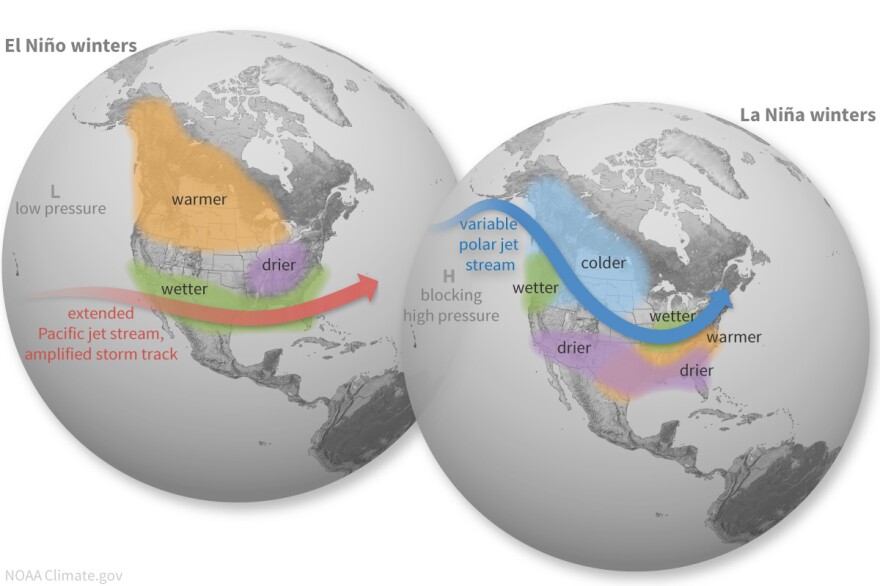As the climate warms, scientists say it’s likely the Earth will see more El Niño/Southern Oscillation weather events, marked by warmer surface temperatures in the eastern Pacific and heavy precipitation. Now, a team of University of Utah researchers has released a study that found that once the Earth hits five El Niño events in a century, coastal ecosystems will see dramatic impacts.
The study, published on Sept. 9 in the journal Science, looked at a coastal site on the Baja peninsula over a 12,000-year period and found that when El Niño events were common, marine life was less productive and terrestrial life exploded.
“The terrestrial environments really increase in productivity and essentially just bloom and that shows up when this critical threshold of five major El Niño events occurs per century,” said Jack Broughton, the University of Utah Anthropology Professor that led the research team. “That’s sort of the magic number where terrestrial environments really blossom and that should apply to really anywhere in the reach of El Niño-based precipitation, which is often the fact for Utah.”
Broughton said the impacts of more frequent El Niño events aren’t isolated to coastal communities. He theorizes through another unrelated study that thousands of years ago, El Niño caused what’s called a highstand in the Great Salt Lake, where sediment shifts in a body of water due to flooding. That change in the ecosystem allowed Utah Chubs, a local fish, to enter the lake. Though the fish don’t call the lake home anymore, Broughton believes that with multiple El Niño events, other big changes could be in store for ecosystems and marine life.
One way for meteorologists to monitor El Niño conditions is by looking at the precipitation conditions in places like Arizona, National Weather Service meteorologist Sam Webber said. Places like the West Coast also give indicators such as warmer ocean temperatures that can affect local marine life.
As the water in the Pacific Ocean warms, Broughton said the food web could slowly disappear from kelp to larger fish, spelling trouble for seafood on Utah menus. He also spoke of the 1983 spring in Salt Lake City, which after a heavy El Niño year resulted in massive flooding.
The events come in all variations so it can be difficult to predict the outcome of an El Niño year in the state, Webber said.
Generally, Southern Utah may see above average precipitation in an El Niño year whereas Northern Utah may see fewer impacts.
“Global climate patterns that are favored during El Niño and La Niña years. They have a lot of different characteristics to them. So it's entirely based off of the sea surface temperature differences from the normal sea. And it can be really far above normal temperatures in that water or really far below normal temperatures. And anything in between can change the impacts drastically,” Webber said.


